
Senior Capstone Projects (2006-2007)
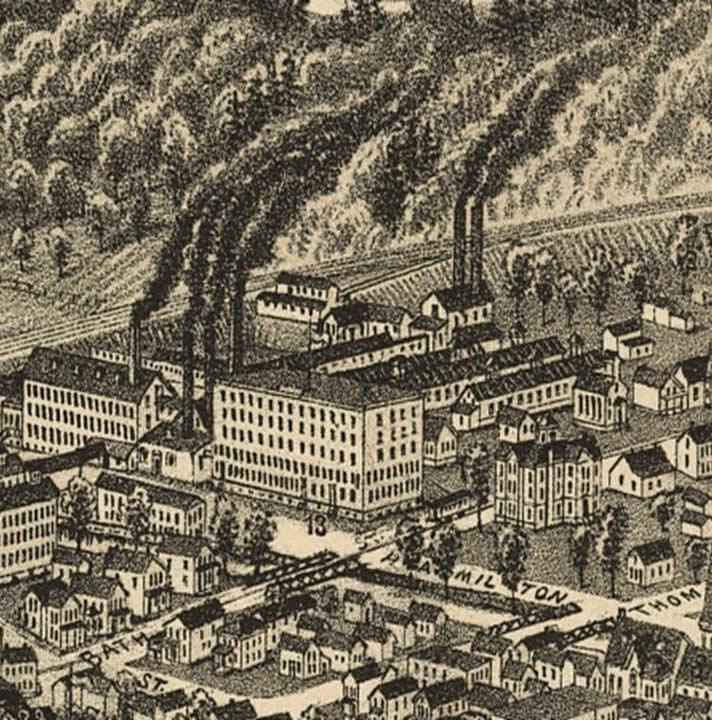 Whalen v. the Union Bag & Paper Company: Early Environmental Law on the Kayaderosseras
Creek and Its Influence on Contemporary Law
Whalen v. the Union Bag & Paper Company: Early Environmental Law on the Kayaderosseras
Creek and Its Influence on Contemporary Law
Ben Schweers (2007)
This project is a historical analysis of the Whalen v. The Union Bag & Paper Company case. The lawsuit offers insight into environmental concerns of early 19th century Ballston Spa and signifies the beginning of environmental law and environmentalism in New York State. The lawsuit's outcome is still relevant for environmental law today.
Full report is not available. Please contact Karen Kellogg for more information.
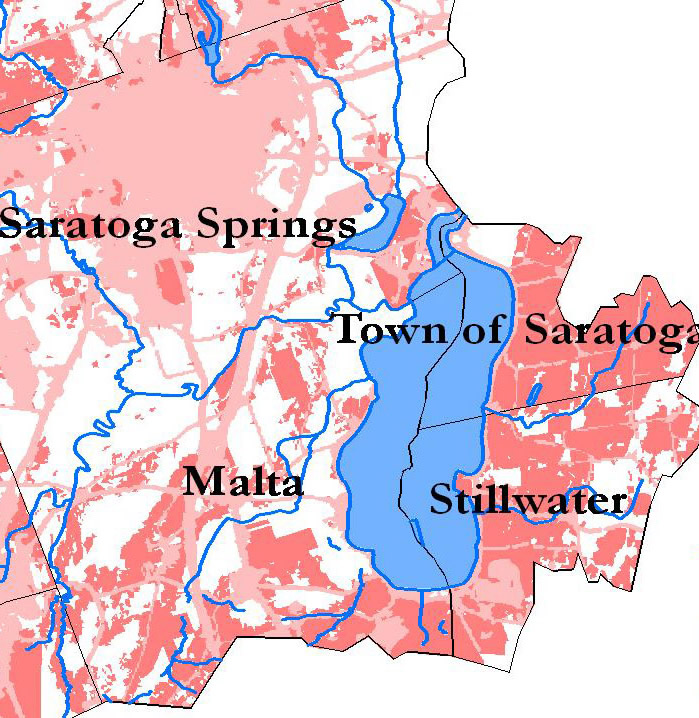 Potential Development in the Saratoga Lake Watershed
Potential Development in the Saratoga Lake Watershed
Betsy Quentin and Leigh Siegwarth (2007)
We explored where development is likely to occur in the Saratoga Lake Watershed. Using Geographic Information Systems (GIS) to compile zoning maps, land use maps, use schedules, and comprehensive plans, we projected areas that are prone to development. We conclude there is significant build-out potential in the watershed.
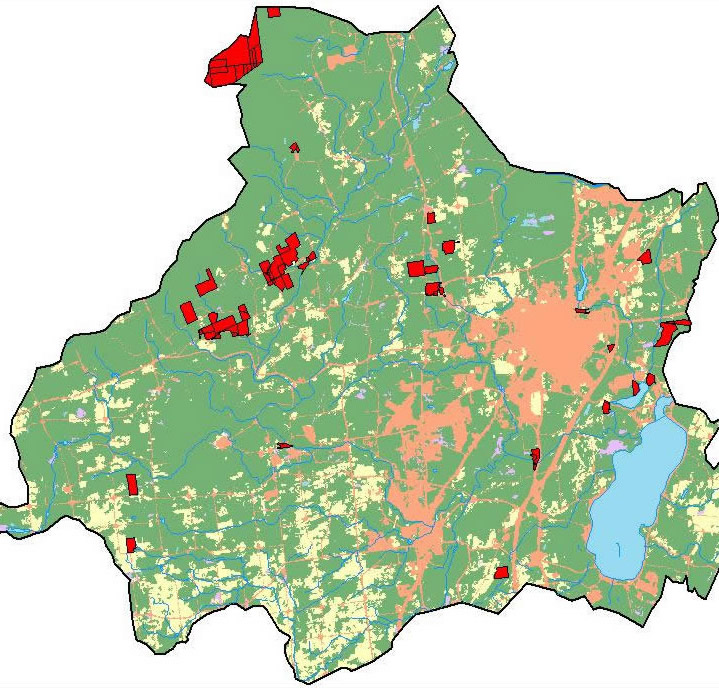 Land Conservation and Water Quality in the Saratoga Lake Watershed
Land Conservation and Water Quality in the Saratoga Lake Watershed
Doug Morin (2007)
This study focused on the link between conserved lands and water quality and quantity within the Saratoga Lake Watershed. The boundaries and vegetation cover of conserved lands were mapped in GIS. Overall, the watershed contains little conserved land, which has potential impacts to water quality.
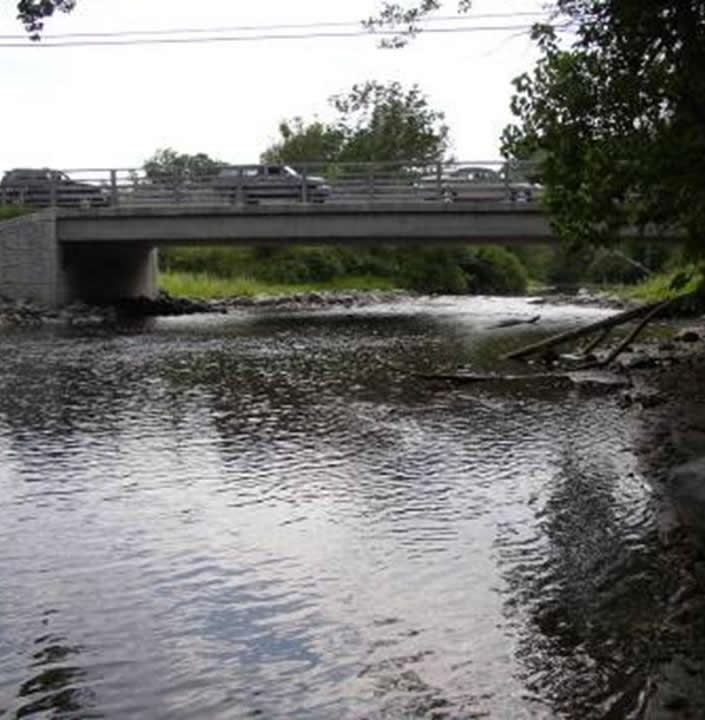 Seasonal and Site Fluctuations in Chloride Levels in Saratoga Lake Watershed
Seasonal and Site Fluctuations in Chloride Levels in Saratoga Lake Watershed
Kristina Connolly and Ashley Hellman (2007)
We measured chloride and conductivity levels in tributaries of the Saratoga Lake watershed and compared our results across seasons and among sites. We found across site variability, potentially linked to road and population density, and an increase in chloride concentrations and conductivity in the summer.
Full report is not available. Please contact Karen Kellogg for more information.
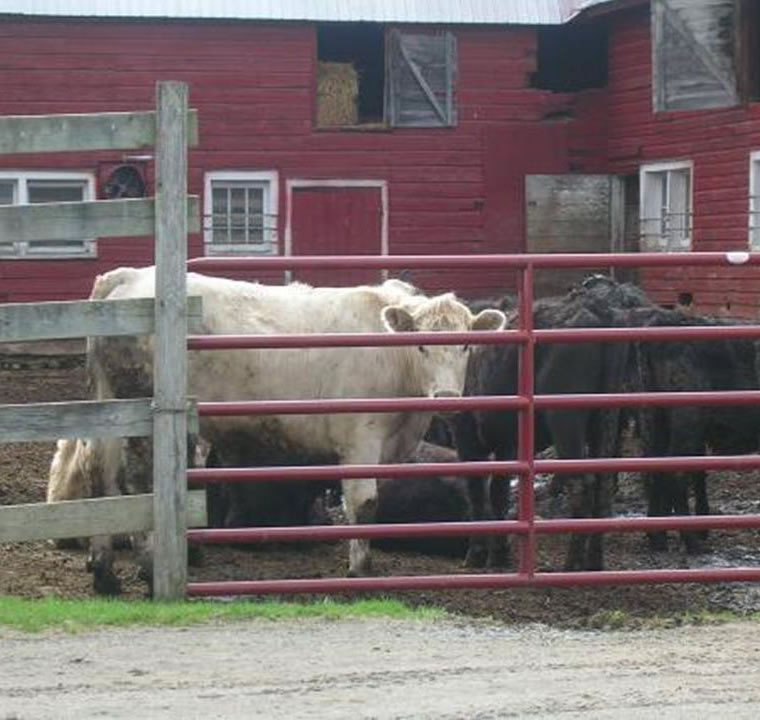 A Stakeholder Analysis of Farmers In and Surrounding the Saratoga Lake Watershed
A Stakeholder Analysis of Farmers In and Surrounding the Saratoga Lake Watershed
Erin Bukofsky, Nolan Crohn, Erin Kennedy, and Katie McEachen (2007)
We explored farmers’ perspectives on water and the Saratoga Springs water debate. Semi-structured, open-ended interviews with ten farmers revealed variation in opinions regarding environmental regulations and a future water source for the city of Saratoga Springs. Most farmers expressed concern over increasing development and stressed the value maintaining open space through the preservation of farmland.
Full report is not available. Please contact Karen Kellogg for more information.
 Saratoga Lake vs. the Hudson River: Voter Preferences for the Future Saratoga Springs
Drinking Water Source
Saratoga Lake vs. the Hudson River: Voter Preferences for the Future Saratoga Springs
Drinking Water Source
Sarah Loomis and Julie Ringer (2007)
This project focused on Saratoga Springs residents’ opinions on future drinking water sources. We surveyed 313 registered voters in Saratoga Springs inquiring about their choice regarding the future drinking water source for the city. The survey uncovered correlations between source preference, respondents’ partisanship, and depth of commitment to the environment.
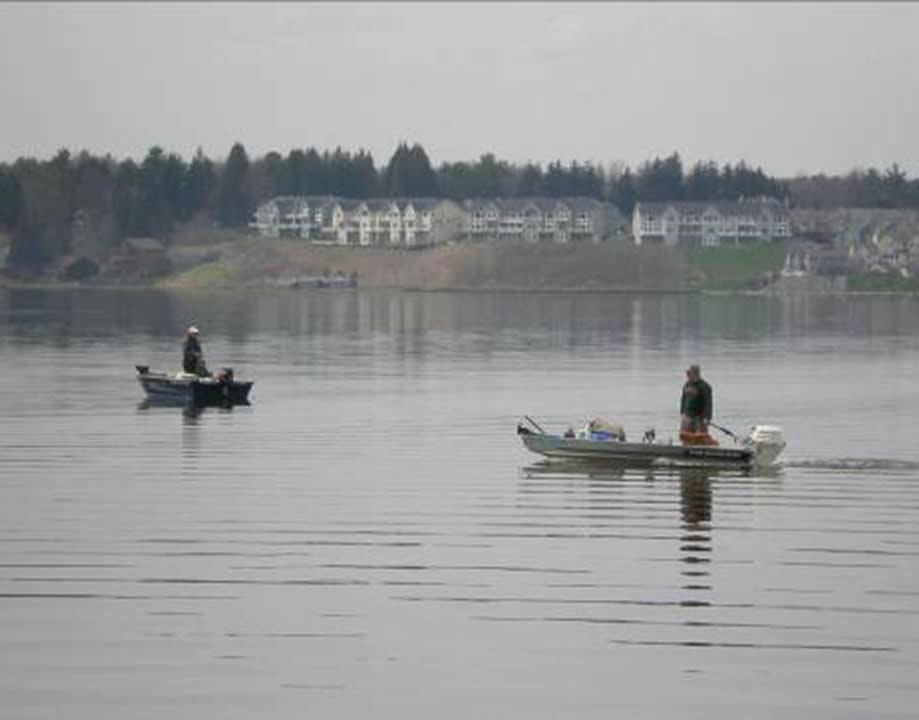 The Economic Impact of Recreation on Saratoga Lake and Threats to Its Long Term Viability:
The Perspective of Local Businesses
The Economic Impact of Recreation on Saratoga Lake and Threats to Its Long Term Viability:
The Perspective of Local Businesses
Jonathan Clarke and Peter Suneson (2007)
Much of the speculation about the use of Saratoga Lake as a drinking source has focused on its potential impact on businesses dependent on recreational activities on the lake. We surveyed owners of businesses on Saratoga Lake to derive the economic impact of recreation. We also conducted open ended interviews of business owners to ascertain what they viewed as long term threats to the vitality of the lake.
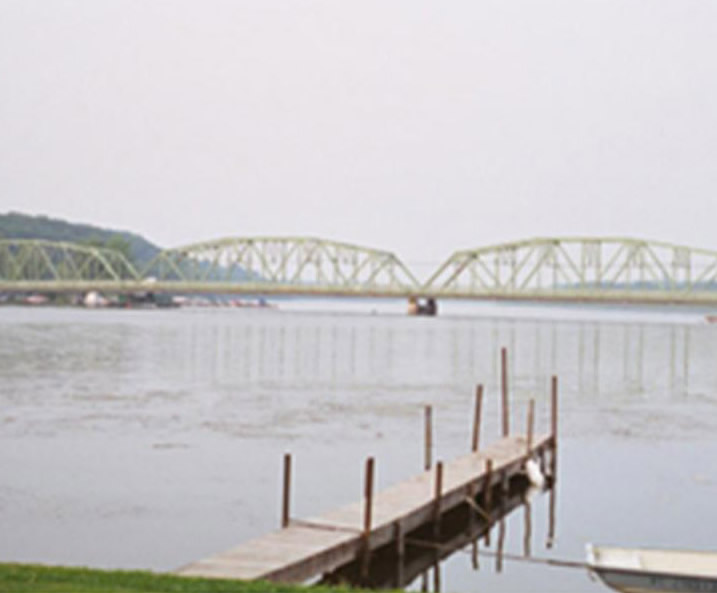 The Impact of Pricing Reform on Water Consumption in Saratoga Springs
The Impact of Pricing Reform on Water Consumption in Saratoga Springs
Jonathan Greene and Ben Krasnick (2007)
Economists contend underpricing of scarce natural resources, like water, leads to overconsumption. This study explores how the shift in water pricing has affected residential water consumption in Saratoga Springs using household level data from 2003-2007.
Full report is not available. Please contact Bob Turner for more information.
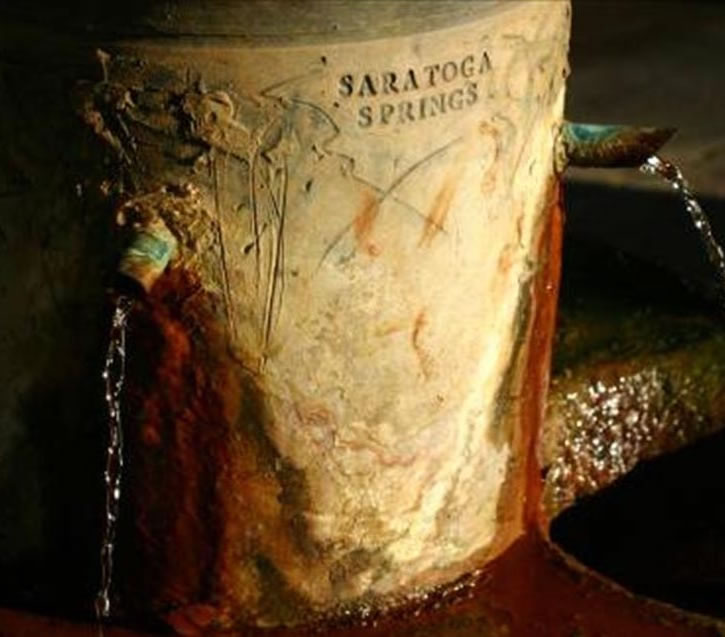 Environmental Truths Through Fiction: Water, Stewardship, and the Saratoga Lake Watershed
Environmental Truths Through Fiction: Water, Stewardship, and the Saratoga Lake Watershed
Hugh Kramer (2007)
This project used placed-based environmental fiction to present differing perspectives on water and stewardship within the Saratoga Lake watershed. The ultimate aim was to dramatize hydrologic issues and perspectives in the watershed using three short fiction stories while remaining factually accurate to the environmental and social realities of the region.
Summer Collaborative Research (2007)
Politics and Planning in Saratoga County
Ryan Bailey '09 and Bob Turner, Department of Government (2007)
The continuing economic growth of Saratoga County raises the important question of whether the region is condemned to end up as yet another case of unchecked suburban sprawl. To assess the prospects for the region to successfully balance growth with preserving open space and enhancing the quality of life, we analyzed the political, economic, and institutional factors affecting planning in Malta, Stillwater, and Saratoga County.
Full report is not available. Please contact Bob Turner for more information.
 Distribution and Ecology of Riparian Invaders in Kayaderosseras Creek and the Battenkill
Distribution and Ecology of Riparian Invaders in Kayaderosseras Creek and the Battenkill
Erin Kenison '09, Peter Leipzig-Scott '09, and Josh Ness, Department of Biology (2007)
Japanese knotweed is a highly invasive weed currently invading the riparian zones of the Kayaderossersas and Battenkill river systems. Our mapping of Knotweed suggests that invaded sites become more common as river size and discharge rates increase, and that the invasion potential varies with stream geomorphology. We conclude that the knotweed invasion is facilitated by a readily available transportation network (flowing rivers) and a paucity of effective natural enemies.
Full report is not available. Please contact Josh Ness for more information.
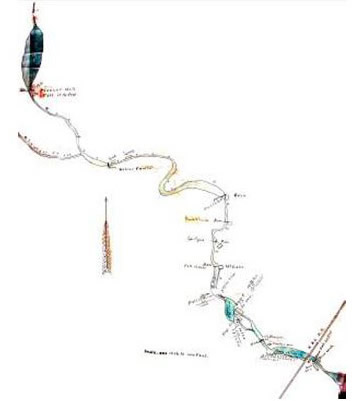 Crooked Waters: A History of Riparian Conflict in the Kayaderosseras Watershed
Crooked Waters: A History of Riparian Conflict in the Kayaderosseras Watershed
Nadine Dodge '10, Brad Nesbitt '09, Karen Kellogg, Environmental Studies Program, and Michael Ennis-McMillan, Department of Anthropology (2007)
As industry and population burgeoned within the Kayaderosseras Creek watershed throughout the 19th century, tensions among the stakeholders of this shared resource also heightened. Manufacturers began to use the creek as a secondary resource. Those who still relied on the water as a primary resource suffered from the water's altered flow and diminished quality. Common law and government legislation proved an often unreliable means of enforcing pollution control. The early water conflicts in the Kayaderosseras watershed demonstrate the prominent role of water in community development, discussion, and debate.
Full report is not available. Please contact Karen Kellogg for more information.
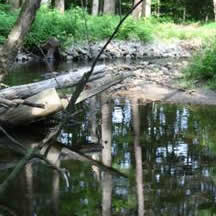 The Role of Optical Brighteners in the Detection of Local Anthropogenic Pollution
The Role of Optical Brighteners in the Detection of Local Anthropogenic Pollution
Lukiana Anka-Lufford '10 and Judy Halstead, Department of Chemistry (2007)
Optical brighteners are now extremely common in laundry detergents. Since wastewater from laundry machines generally contains these dyes and fluorescence is relatively easy to detect, the use of optical brighteners to detect leaking septic tanks and leaking sewage systems seems promising. In the laboratory both standards containing laundry detergent and field samples are analyzed with the Skidmore Department of Chemistry's Shimadzu scanning spectrofluorimeter in an effort to determine the presence of optical brighteners.
Full report is not available. Please contact Judy Halstead for more information.
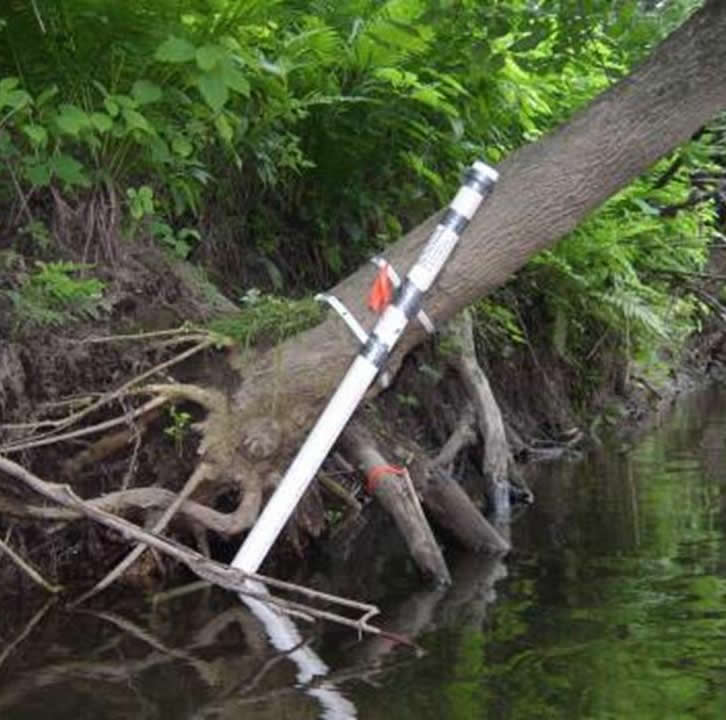 Water Quality Monitoring in the Kayaderosseras Creek and Saratoga Lake
Water Quality Monitoring in the Kayaderosseras Creek and Saratoga Lake
Alicea Cock-Esteb '09, Alexandra Furman '09, Judy Halstead, Department of Chemistry, and Kim Marsella, Environmental Studies Program (2007)
Water quality parameters were determined for one lake and various tributaries throughout the Kayaderosseras Creek watershed. Field measurements included dissolved oxygen, temperature, conductivity, and pH. Samples were collected and subsequently analyzed for total phosphorous, phosphate, total mitrogen, nitrate, dissolved organic compounds, and total suspended solids. This study is a part of an ongoing water monitoring study conducted through the Skidmore College Water Resources Initiative.
Full report is not available. Please contact Judy Halstead for more information.
The Upper Hudson River as a Supplemental Drinking Water Source: Mapping Factors Affecting Water Quality Using Geographic Information Systems
Hannah Phillips '09 and Bob Jones, Department of Economics (2007)
We used GIS to map natural and human determined factors affecting water quality on the Upper Hudson River. By analyzing regional geology, hydrology, zoning, patterns of development, and town comprehensive plans within the watershed, we have created a ten-town build-out analysis that identifies areas that are prone to development. These data will contribute to an analysis of the viability of the Upper Hudson River as a supplemental drinking water source for Saratoga Springs in the near future.
Full report is not available. Please contact Bob Jones for more information.
Independent Studies (2006-2007)
Factors Affecting Precipitation and Baseflow in Two Small Paired Basins in Wilton, New York
Allison Stafford '07 and Kyle K. Nichols, Department of Geosciences (2007)
Precipitation and discharge were recorded in the Loughberry basin and the Louden basin. The Loughberry site received 80% of the precipitation that the Louden site received. This difference may be a result of the urban center located to the west of the Louden rain gauge, which may form an urban heat island that affects local climate. Discharge normalized by basin area for the Louden creek cross-section was 1.2 times those for the Loughberry creek cross-section. This rapid increase in baseflow could be due to a decrease in groundwater withdrawal by agricultural and golf course irrigation wells in combination with a decrease in vegetation transpiration following defoliation.
Full report is not available. Please contact Kyle Nichols for more information.